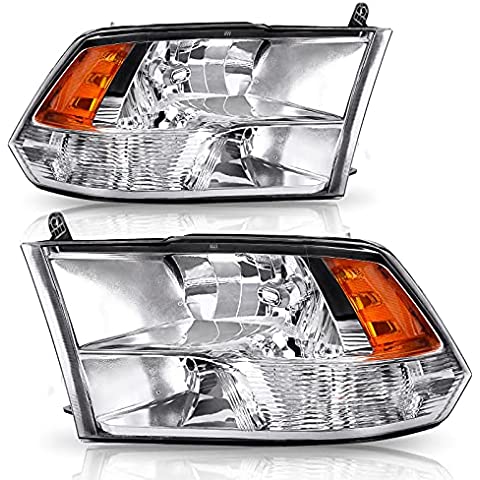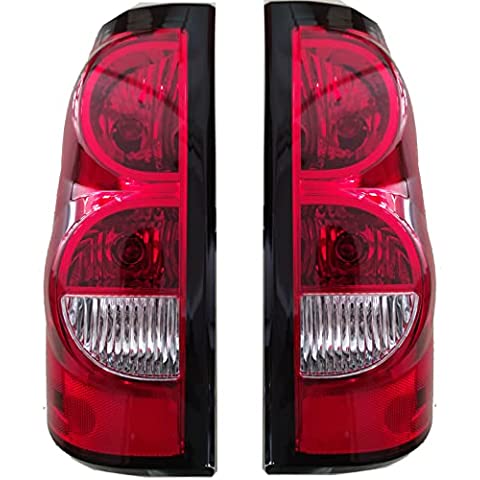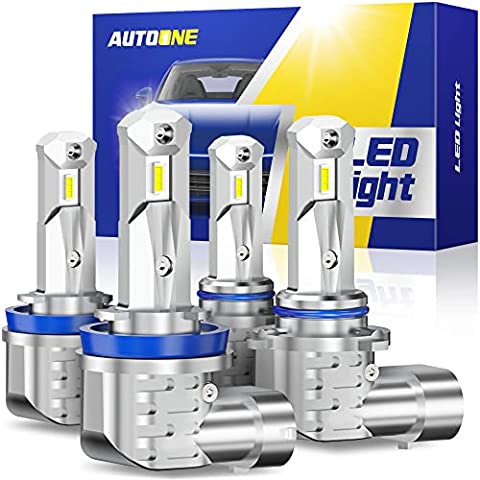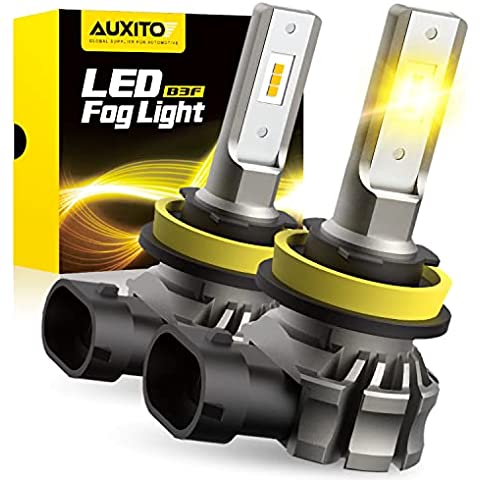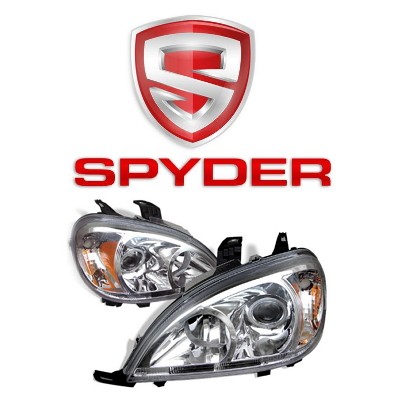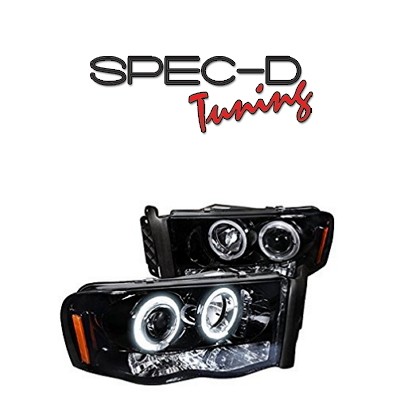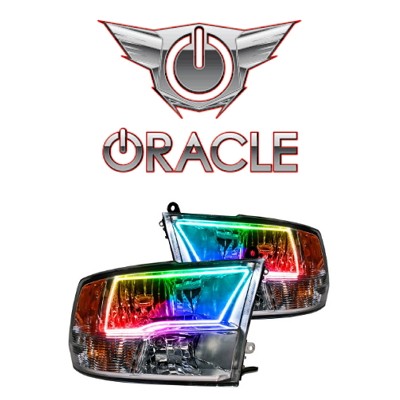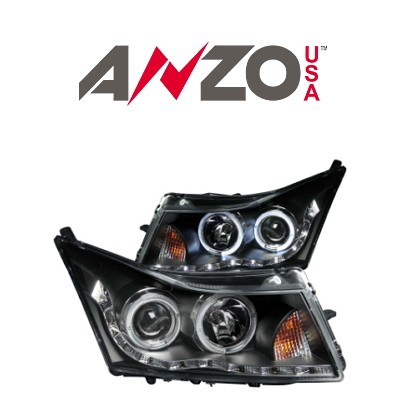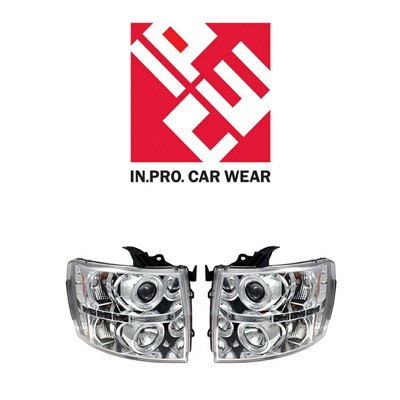Purple Tint: Dressing Up Your Headlights
Have you ever seen a car zoom by and found yourself captivated by the mesmerizing glow of its headlights? Purple headlight tint, my friend, could be the secret behind that allure. Simply put, it’s a thin film with a purple hue that is applied over the headlights of a car. Picture your car as a basic smartphone and the purple headlight tint as an elegant phone case that not only looks good but protects the screen too.

Why Choose Purple for Your Headlight Tint?
Why not? Purple is the color of royalty, and who doesn’t want their ride to look regal? Moreover, it adds a personalized touch and makes your car stand out. Don’t you want to make heads turn as you cruise down the street?
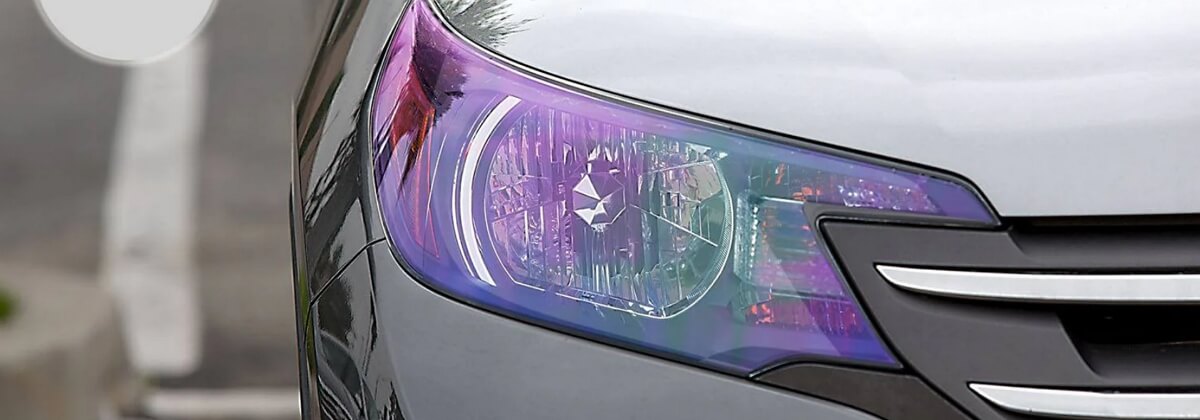
Interesting Facts
Alright, so you’re considering wrapping your headlights, or maybe you’ve already taken the plunge. Either way, there’s a world of fascinating facts, statistics, and research data just waiting to be explored. So, let’s dive right in, shall we?
- Cost-Efficiency – According to a study by the AAA (American Automobile Association), the average cost of replacing a car’s headlights can be upwards of $300 for both units. Compare this to headlight wraps, which typically range from $20 to $50 for a set, and you’re looking at some serious savings.
- Customization Boom – SEMA (Specialty Equipment Market Association) reported that the automotive customization industry generated over $46 billion in retail sales in the United States in 2021. Headlight wraps are part of this booming industry, allowing car enthusiasts to personalize their vehicles without breaking the bank.
- UV Protection – Research indicates that UV radiation can cause headlight lenses to become yellow and cloudy. A headlight wrap acts as a protective barrier against UV rays, prolonging the life of the headlights. It’s like putting on sunglasses to shield your eyes from the sun!
- Safety Aspect – A study by the Insurance Institute for Highway Safety (IIHS) showed that more than half of midsize car models in the US had headlights that performed poorly in terms of visibility. With headlight wraps available in various materials that can improve visibility, this has become a sought-after safety upgrade.
- Energy Efficiency – Headlight tints can help in reducing the amount of heat absorbed by the headlights. A report from the US Department of Energy found that cooler headlight systems are more energy-efficient as they don’t have to work as hard to produce the same amount of light.
- Durability – According to 3M, a leading producer of automotive wraps and films, high-quality headlight wraps can last up to 7 years. That’s a pretty long time for something that costs as little as a dinner for two!
- Global Trend – The global automotive wrap films market, including headlight wraps, is expected to grow at a CAGR of 5.7% from 2020 to 2027, reaching a whopping value of USD 10.8 billion by 2027, as per a report by Grand View Research.
- Easy Maintenance – A poll by the Car Care Council found that 89% of vehicles were in need of at least one service or repair. Headlight wraps make maintenance easier by protecting the headlights and reducing the need for costly replacements.
- Resale Value – According to Kelley Blue Book, well-maintained cars with intact and clear headlights can fetch higher resale values. Headlight wraps contribute to maintaining the headlights in excellent condition.
- Legal Regulations – Here’s a heads-up! Each US state has its own regulations regarding headlight tinting and wraps. A survey conducted by the SEMA Action Network found that awareness and compliance with local laws are vital to avoid fines and ensure road safety.
Remember, whether you’re a car enthusiast looking to customize your vehicle, or someone concerned about safety and maintenance, headlight wraps can be an incredible addition to your car.
What Do People Say?
Waking up early in the morning, I realized the day had finally arrived for my DIY project – installing a Purple Headlight Tint by VViViD on my car. Prepared with information from multiple YouTube tutorials and forum discussions, I felt confident in this undertaking.
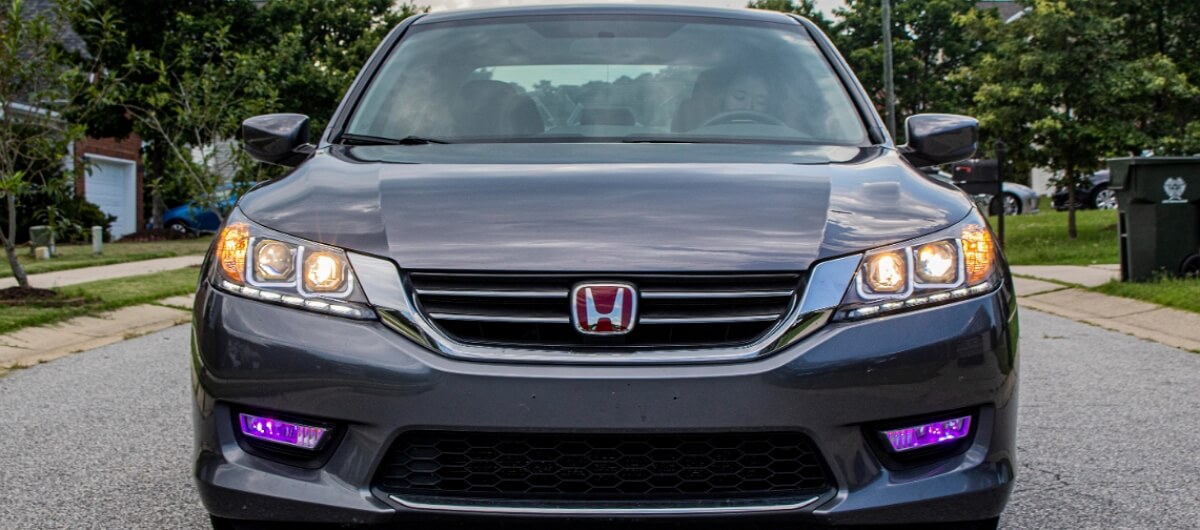
Equipped with the necessary tools – a squeegee, a razor, a heat gun, and the purple headlight tint – I headed to my garage. The first step was to ensure the headlights were spotlessly clean. I used a non-abrasive, alcohol-based cleaner to remove any dirt or grime, ensuring a clean surface for the tint.
The VViViD tint came in a roll that measured 16” x 48”. Using a measuring tape, I calculated the size of the headlight and added an extra 2” margin to my measurements. With the razor, I cut two pieces of the tint accordingly.
Peeling the backing off the tint was a bit tricky and required steady hands. Once that was done, I carefully placed the film on the first headlight. Ensuring there were no bubbles was a meticulous task. I used the squeegee to smooth out the film from the center outwards, exerting a moderate amount of pressure.
The heat gun was set to a temperature of 200°F, and I used it to help stretch the film over the more complex curves of the headlight. It was important not to overheat the film, as that could cause discoloration.
After approximately 60 minutes, the first headlight was complete. Repeating the same process, I finished the second one in another hour.
As the sun went down, I was eager to test out the new headlights. The purple lights produced a unique glow, noticeably different than the typical bright white of standard headlights. The tint seemed to soften the light, reducing glare and improving visibility during night driving.
In the following weeks, I noticed a significant increase in the attention my car was getting. The unique aesthetic appeal of the purple tint was a standout, and it seemed to enhance the overall look of the car.
From a technical standpoint, the VViViD purple tint proved to be a valuable addition to my car. Not only did it improve nighttime visibility, but it also added an additional layer of protection to the headlights. Based on my experience, I would recommend considering a headlight tint if you’re looking to customize your vehicle. However, always ensure to check local regulations about tint colors and intensities before proceeding.
The Legal Aspect

Legal Regulations Surrounding Headlight Tints
Hold your horses before you get too excited. Are purple headlight tints even legal? Well, it’s a bit of a gray area. Laws on headlight tints vary by location. In some places, a hint of color is okay, while in others, anything other than white or yellow is a no-go. Be sure to check local regulations!
Why Is It Important to Consider the Law?
Ignoring legal guidelines can be as unwise as texting while driving. You could end up with a fine, or worse, put someone’s safety at risk. So, always be in the know before you tint those headlights!
Benefits of Purple Headlight Tint
- Enhanced Aesthetics. There’s no denying that purple tints can make your car look like it just came out of a Fast & Furious movie. It adds an air of mystery and style that’s hard to beat.
- Increased Privacy. Purple tints can reduce glare and keep prying eyes away. Think of it as sunglasses for your car. Cool, right?
- Protection from UV rays. Purple tints don’t just look good; they protect your headlights from the harsh sun. It’s like applying sunscreen to keep your skin safe but for your car.
- Improved Visibility. Imagine driving through fog or heavy rain. Purple tint can actually improve visibility in such conditions. It’s like having a superhero’s night vision.
Installation Process
DIY Vs. Professional Installation. Now, do you roll up your sleeves and get to work, or do you let the pros handle it? There are pros and cons to both.
Tools You’ll Need for DIY Installation. If you’re going the DIY route, you’ll need a few tools like a squeegee, razor, and heat gun. It’s like assembling a piece of furniture; you need the right tools for a smooth process.
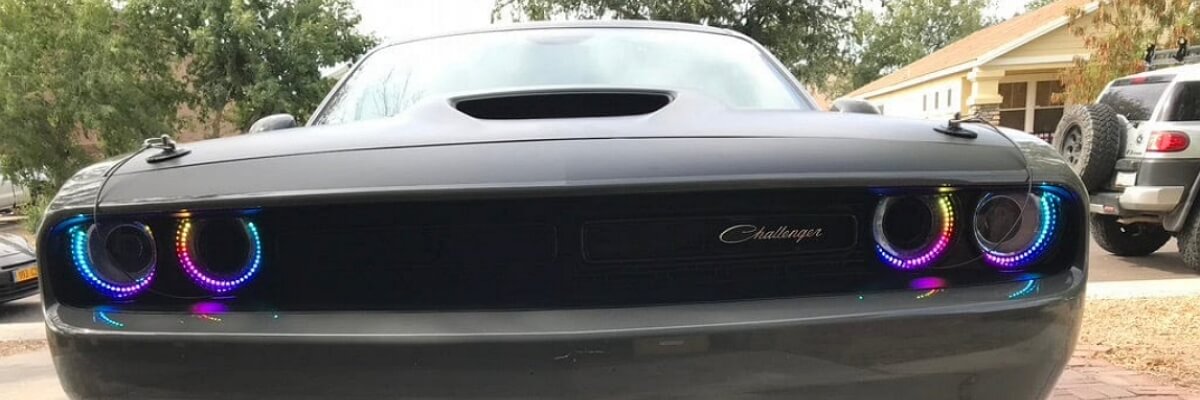
Steps to Apply Purple Headlight Tint Yourself
- Clean the headlights.
- Cut the tint to size.
- Apply the adhesive.
- Place the tint and squeegee out bubbles.
Easy as pie, but requires patience.
Reasons to Consider Professional Installation
If DIY isn’t your cup of tea, professional installation might be the way to go. They know the tricks of the trade and can ensure a bubble-free, perfect fit.
Maintenance and Care
Cleaning Your Purple Headlight Tint
Cleaning your tinted headlights is like giving your car a spa day. Use a clean cloth and some soapy water, and voila, your car is a star again!
When to Replace Your Tint
Over time, the tint might start to peel or fade. When that happens, it’s time to say goodbye and get a new tint.
Purple headlight tint can be the makeover your car needs. But, it’s essential to weigh the pros and cons, and abide by the law. Whether you choose DIY or professional installation, proper maintenance will ensure that your car remains the king of the road.
Frequently Asked Questions
- Is purple headlight tint legal?
- It varies by location. Always check local regulations before installation.
- Can I install the purple headlight tint myself?
- Yes, with the right tools and patience, you can install it yourself.
- How often should I replace the headlight tint?
- Generally, it should be replaced when it starts to peel, fade, or get damaged.
- Can purple tint improve visibility in foggy conditions?
- Yes, purple tint can enhance visibility in fog or heavy rain.
- Does purple headlight tint protect against UV rays?
- Absolutely! It’s like sunscreen for your headlights.


